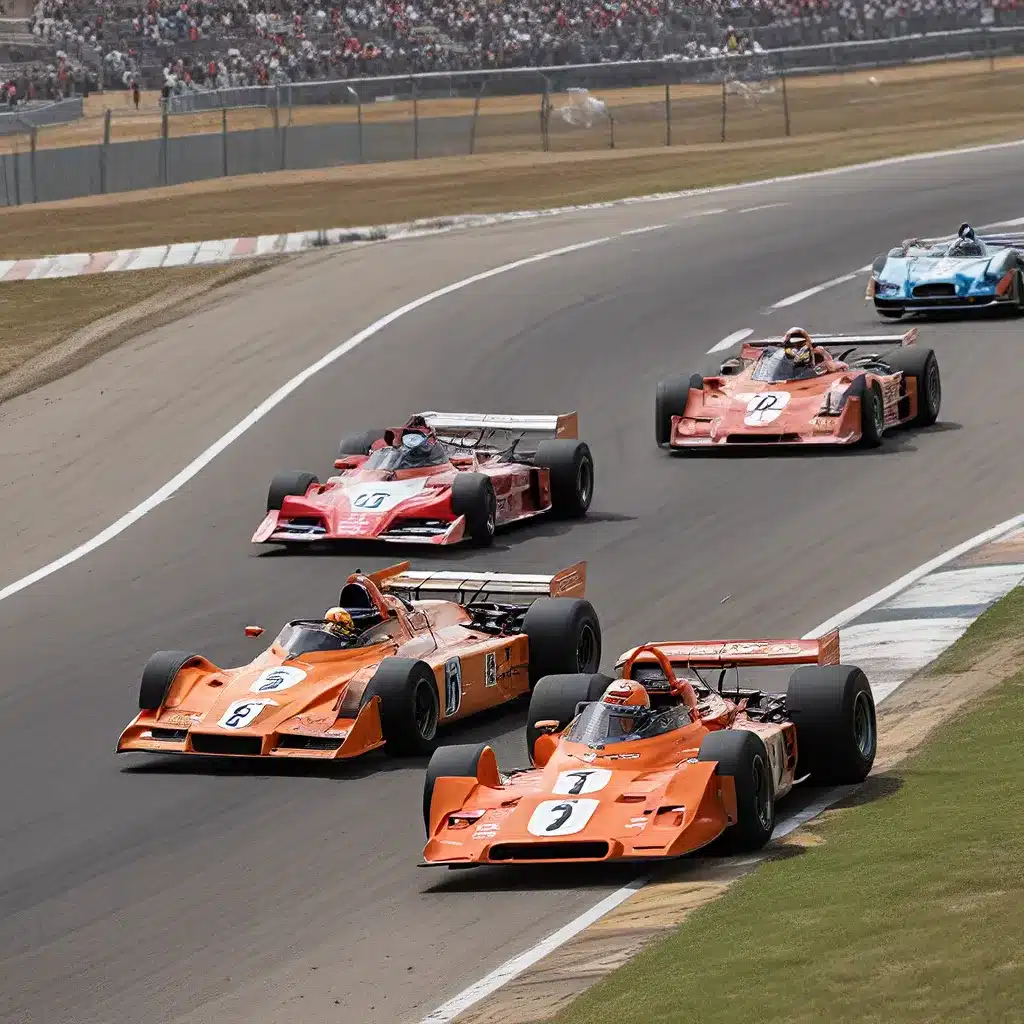
The Autódromo Juan y Oscar Gálvez, located in the heart of Buenos Aires, Argentina, is a testament to the country’s rich motorsport heritage. This iconic racetrack has hosted some of the most thrilling and prestigious racing events in the world, captivating enthusiasts and spectators alike.
The Birth of an Argentinian Motorsport Icon
The Autódromo Juan y Oscar Gálvez, formerly known as the Autódromo 17 de Octubre, has a storied history dating back to the mid-20th century. Constructed in 1952, the circuit was initially designed to host the Argentine Grand Prix, a prestigious Formula One race that had become a staple of the country’s sporting calendar.
The racetrack was named after brothers Juan and Oscar Gálvez, two prominent figures in the Argentine motorsport community. Juan Gálvez, a renowned racing driver, had won the inaugural Argentine Grand Prix in 1953, solidifying his place in the country’s racing legacy. His brother, Oscar Gálvez, was a respected engineer and circuit designer who played a pivotal role in the track’s development.
Hosting the Pinnacle of Motorsport
The Autódromo Juan y Oscar Gálvez’s most renowned event was undoubtedly the Argentine Grand Prix, which was part of the Formula One World Championship from 1953 to 1998. During this time, the circuit witnessed some of the most iconic moments in the sport’s history, with legendary drivers such as Juan Manuel Fangio, Stirling Moss, and Ayrton Senna all leaving their mark on the circuit.
The Argentine Grand Prix was known for its challenging layout and demanding conditions. The track’s long straightaways and tight corners tested the limits of the drivers’ skill and the capabilities of their machines. The event’s popularity was further bolstered by the passionate local fans, who would fill the grandstands and create a lively atmosphere that added to the race’s allure.
A Changing Landscape
Despite its rich history and significance in the world of motorsport, the Autódromo Juan y Oscar Gálvez has faced its fair share of challenges over the years. In the late 1990s, the Formula One race was removed from the calendar, marking the end of an era for the circuit.
The loss of the Argentine Grand Prix was a significant blow, but the racetrack’s operators and the local motorsport community were determined to keep the venue alive. They turned their attention to hosting other racing events, such as the Super TC 2000 and Turismo Carretera championships, both of which have a strong following in Argentina.
Embracing Safety and Innovation
As with any racetrack, the Autódromo Juan y Oscar Gálvez has had to adapt to evolving safety standards and technological advancements in the motorsport industry. Over the years, the circuit has undergone various renovations and upgrades to ensure the safety of drivers, crews, and spectators.
One notable incident that spurred safety improvements was the 1955 Le Mans disaster, which claimed the lives of driver Pierre Levegh and dozens of spectators. This tragedy, which is considered one of the worst accidents in motorsport history, led to a renewed focus on safety measures across the industry.
At the Autódromo Juan y Oscar Gálvez, the operators have implemented state-of-the-art safety features, such as improved barriers, updated medical facilities, and enhanced communication systems. These upgrades have helped to minimize the risk of serious accidents and ensure that the circuit remains a safe and enjoyable venue for all who visit.
Preserving Argentinian Motorsport Heritage
Beyond its role as a racetrack, the Autódromo Juan y Oscar Gálvez has become a symbol of Argentina’s rich motorsport heritage. The circuit’s legacy is celebrated through various initiatives and events, attracting enthusiasts from around the world who come to experience the thrill of racing on this historic venue.
One such event is the annual Gálvez Classic, a vintage car race that pays tribute to the circuit’s past. This event allows visitors to witness the roar of classic cars as they navigate the same corners and straightaways that have been the stage for some of the most iconic moments in Argentinian motorsport.
Embracing the Future
As the Autódromo Juan y Oscar Gálvez looks to the future, its operators and the local motorsport community are committed to preserving its legacy while also adapting to the changing landscape of the industry. This may involve exploring new racing categories, incorporating advanced technologies, and engaging with a new generation of fans.
Regardless of the challenges that lie ahead, the Autódromo Juan y Oscar Gálvez will continue to be a symbol of Argentina’s unwavering passion for motorsport. Its name will forever be etched in the annals of racing history, a testament to the enduring spirit of a nation that has left an indelible mark on the world of competitive driving.
If you’re interested in exploring more historic stadiums and racetracks, be sure to check out the Old Stadium Journey website. There, you’ll find a wealth of information and stories about the iconic venues that have shaped the world of sports.
